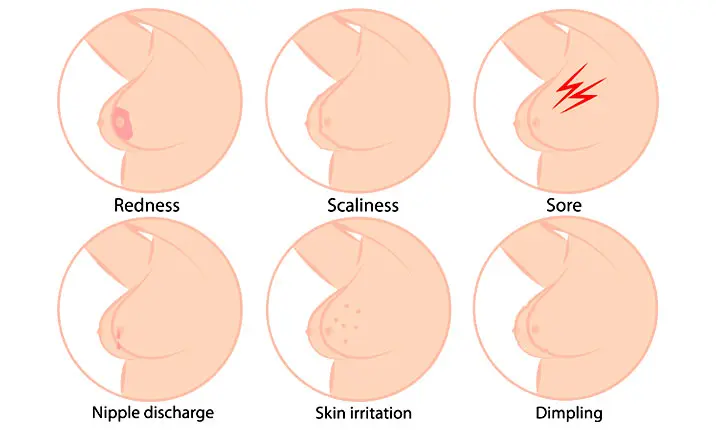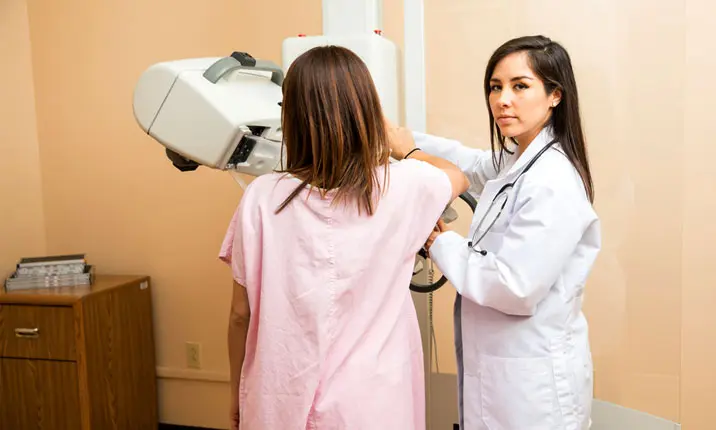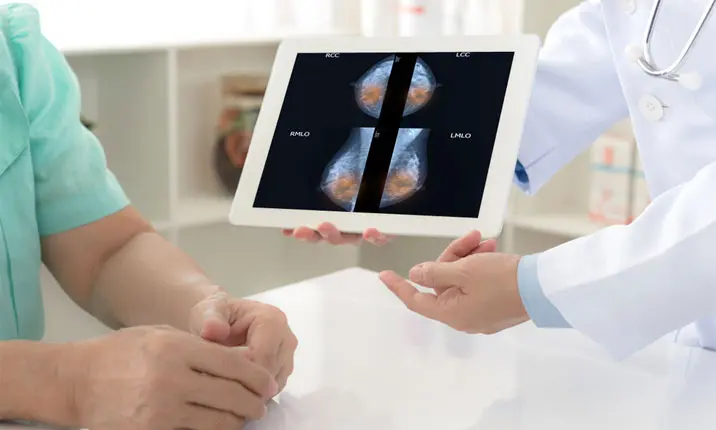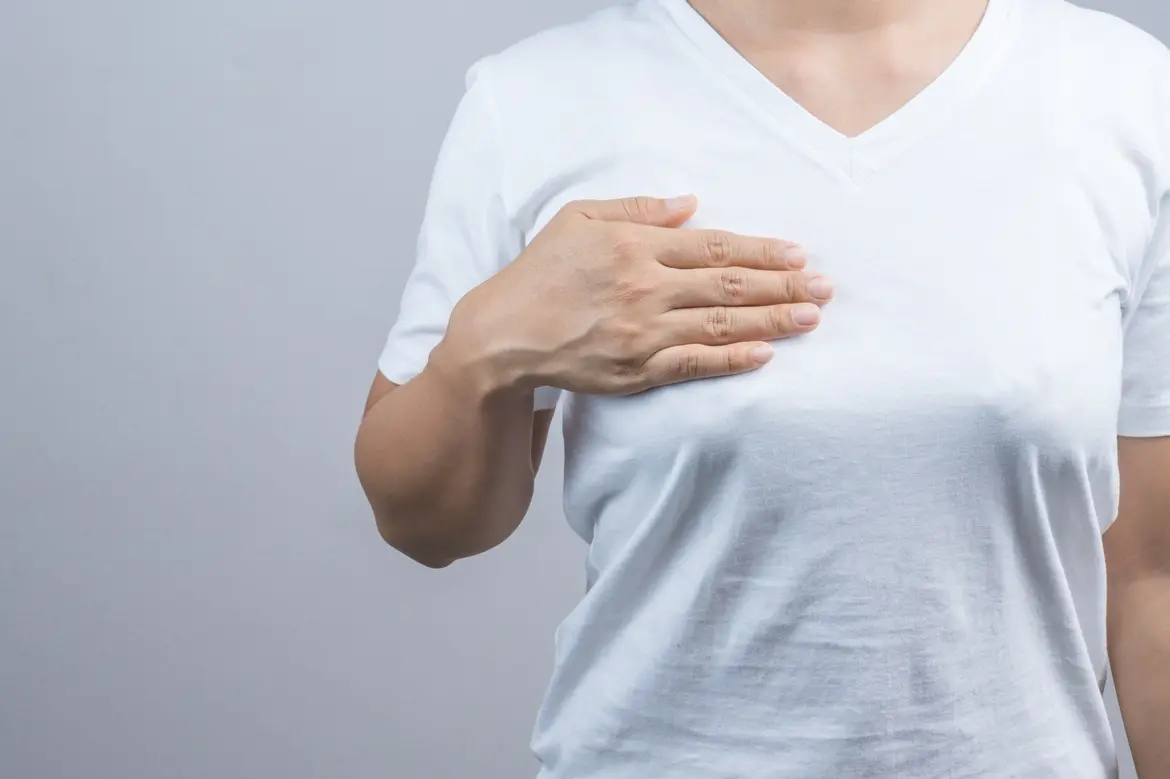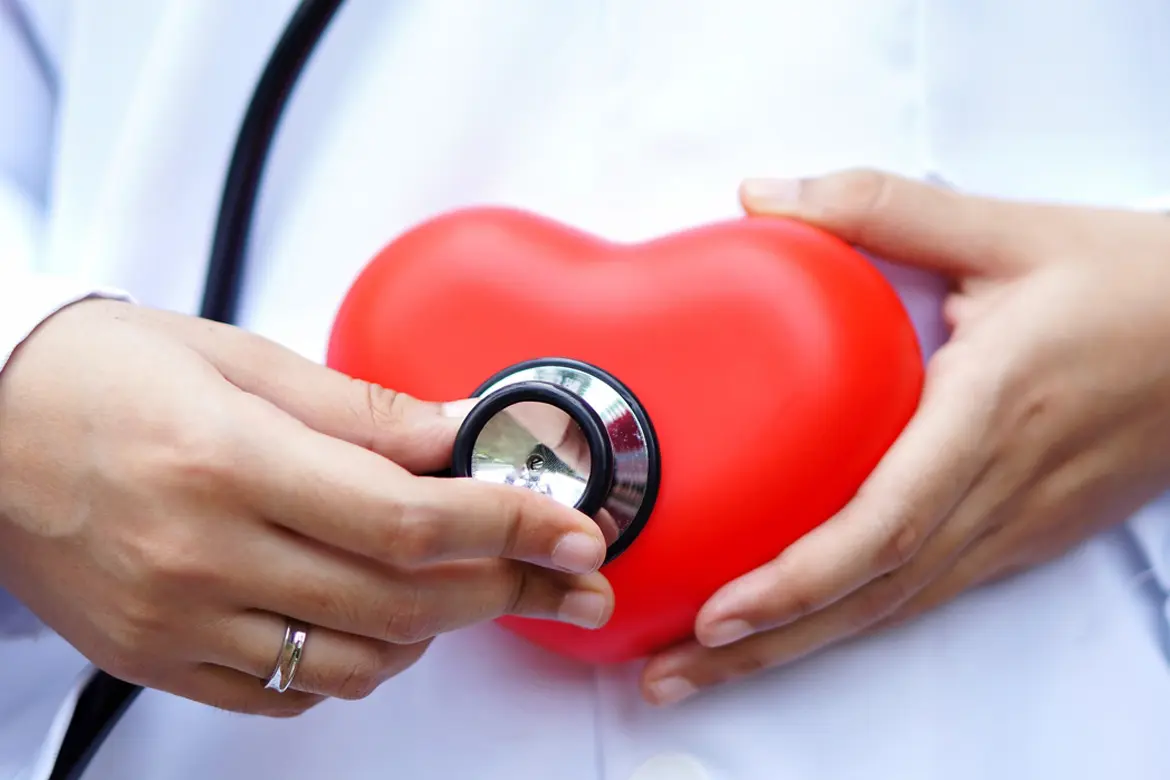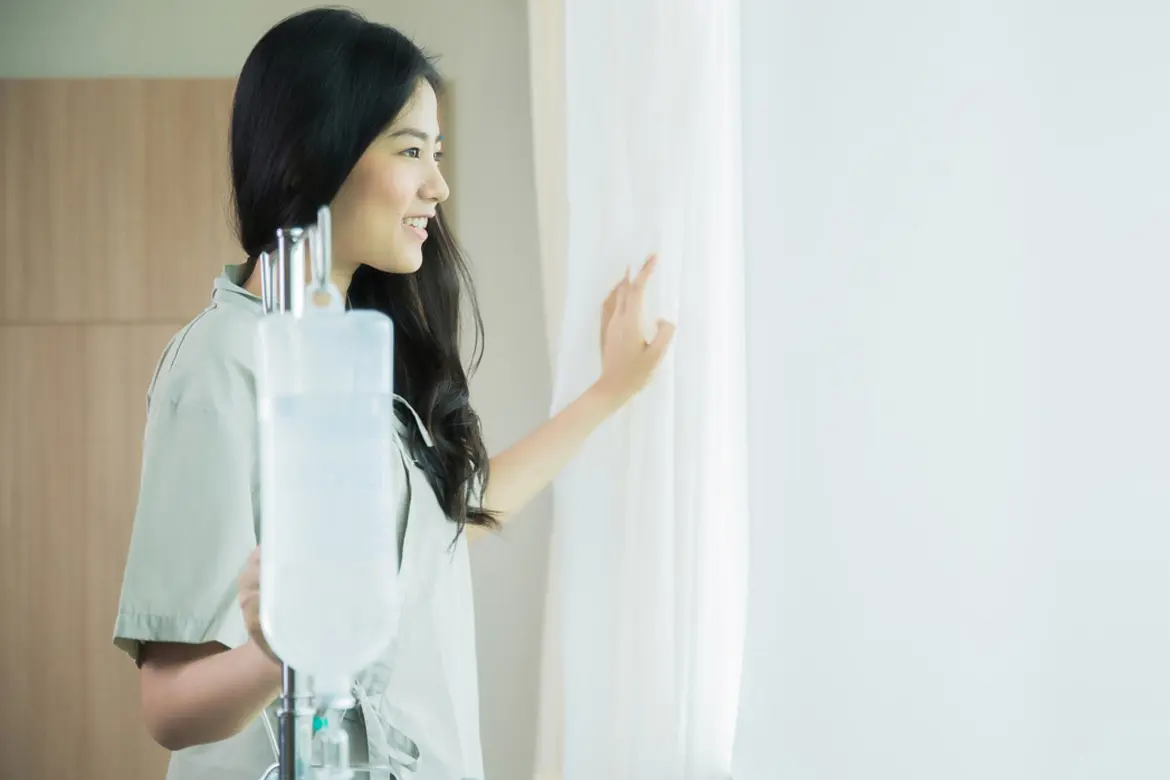-
-
Featured Care Areas


Source: Shutterstock
Found a Breast Lump? Here’s What to Do Next
Last updated: Wednesday, October 6, 2021 | 6 min reading time
While not all breast lumps eventually turn out to be cancerous, the discovery of any lumps in the breast, nipple discharge or even skin changes around the nipple should prompt a trip to the doctor for clinical assessment.
Breast cancer is the most common cancer among women in Singapore. According to the Singapore Cancer Society, an estimated 2,000 women get diagnosed with breast cancer each year, with almost 1 in 16 women diagnosed with breast cancer in their lifetime. Breast cancer is also a leading cause of cancer deaths.
Breast cancer occurs most commonly in women between the ages of 40 to 69 years, but it can affect anyone, even younger women with no known risk factors. This is why all women above the age of 30 are encouraged to do monthly breast self-examinations to pick up any signs of abnormal changes in their breasts. Annual mammogram screenings are also highly encouraged from age 40, as mammograms can help in the early detection of breast cancer, even before any breast lumps can be felt.
If you do find a breast lump during your breast self-examination, there is no need to panic. Many breast lumps often turn out to be benign (non-cancerous). But to be on the safe side, you should consult a breast care specialist who may refer you for a screening mammogram for further evaluation.
Dr Patrick Teo, Consultant Radiologist at Parkway Radiology, answers some common questions about breast lumps and shares tips on what to expect during a visit to the doctor.
My breasts feel lumpy. Is that normal?
Just like how everyone's personality is unique, your breasts, too, are the same. Some women have naturally lumpy breasts. Hormonal changes and breastfeeding can also cause changes in the way your breasts look and feel.
What's important is to regularly self-examine your breasts every month. Ideally within 7 – 10 days after your menstrual period starts, so you can look out for any unusual changes in your breasts. Some warning signs that might indicate breast cancer include:
- Lump(s), swelling or thickening in the breast or underarm area
- Changes in the size or shape of the breast
- Red or irritated skin on the breast or nipple
- Dimples or puckering of the skin, or a persistent rash
- Bleeding or unusual discharge from the nipple
- Any enlarged lymph nodes in the armpit and collarbone areas
I feel a small lump in my breast but it doesn't feel painful. Should I wait and observe it?
There are many different causes of breast lumps. The majority of them are benign, and can be caused by tissue growth (like fibroadenomas) or a build-up of fluids (like a cyst). A cancerous lump, however, may also present as a painless lump. Hence if you find any lumps in your breast, the best thing to do is schedule a visit to your doctor.
How can I tell if the breast lump is cancerous?
The only way to tell is via imaging tests, such as a mammogram or breast ultrasound. If a breast abnormality is found, your doctor will decide if there's a need for biopsy and further investigations.
I've only heard of mammograms. Are there any other options for breast screening?
Mammography is most commonly heard because it is the gold standard for breast cancer screening. However, doctors also rely on other screening tests for detecting breast cancer, such as:
- Tomosynthesis (3D Mammography) – 3D mammograms are special mammograms which obtain X-ray images to create a 3D image of the breasts. This may be combined with standard 2D mammograms for higher cancer detection rate, particularly in women with dense breasts.
- Breast Ultrasound – Breast ultrasound is usually performed in addition to standard 2D mammograms if the woman has dense breasts, feels a lump or experiences nipple discharge, or if an abnormality is detected in the screening mammograms.
- Breast MRI – Magnetic resonance imaging (MRI) is a specialised examination for a select group of patients where ionising radiation is not used. The need for a breast MRI will be decided by your doctor in discussion with the radiologist.
Staff at the Mount Elizabeth Breast Care Centre will be able to recommend the appropriate procedures as well as share more in-depth information about these procedures.
What can I expect when I visit the centre to have my breasts checked?
Privacy is a key focus at our Breast Care Centre. After registration, you can expect to wait in a private females-only waiting area. In preparation for the screening, you will be asked some basic questions about your health before proceeding to the imaging area for your mammogram examination.
During the examination, you will be asked to undress to the waist before stepping up to the mammogram machine. The machine will gently compress each of your breasts between two plastic plates for a brief few seconds. This is to spread the breast tissue apart for a good image of the breast to be taken. 2 X-rays will be taken for each breast – one from above and one from the side.
Your mammogram results will be ready for collection after 3 working days. If any abnormalities are detected, you may schedule an appointment with our doctors for further evaluation.
What happens if there are abnormal findings in my mammogram results?
If an abnormality is detected during your mammogram screening, your doctor may suggest a biopsy to confirm if the tissue in your breast is cancerous. A biopsy is a simple medical procedure that involves extracting a fluid or tissue sample from your breast so that it can be tested in the laboratory for cancer. It will take several days to a week for the laboratory results to be confirmed.
If the results are negative, that means good news: no sign of breast cancer. Your doctor will advise if you need any additional follow-up and when you should have your next screening.
If the biopsy results are positive for cancerous cells, you will be referred to a specialist breast surgeon, who will advise you on the recommended treatment plan.
Safeguard your health by going for regular mammogram screenings. While breast lumps are a hallmark symptom of breast cancer, they may not be noticeable or detectable by touch, especially in pre-cancer or early stages of cancer. Many women diagnosed with breast cancer actually had no symptoms at all, and only discovered they had breast cancer when abnormalities were picked up during their mammogram test.
Seeking medical attention early can make a big difference in the treatment and recovery from breast cancer. Most breast cancer patients get detected at stage 1 and 2, and these have very good prognosis.
Choosing a dedicated breast care centre that offers one-stop services, from mammogram screenings to consultations and specialist treatment, can help and support you through your breast care journey. Don't hesitate to speak to a doctor should any changes in your breasts be noticed, or if you have questions about your breast health.
Mount Elizabeth Hospitals offer a one-stop solution for all your breast screening, assessment and diagnostic needs at the Mount Elizabeth Breast Care Centre.
Our dedicated team of surgeons, radiologists, nurses and allied health professionals work closely to provide comprehensive and personalised care to support you through your breast health journey.
Singapore Cancer Society. Breast Cancer. Retrieved on 5 October 2021 from https://www.singaporecancersociety.org.sg/learn-about-cancer/types-of-cancer/breast-cancer.html#overview
National Registry of Diseases Office. Singapore Cancer Registry Annual Report 2018. Retrieved 5 October 2021 from https://www.nrdo.gov.sg/docs/librariesprovider3/default-document-library/scr-annual-report-2018.pdf?sfvrsn=bcf56c25_0
National Registry of Diseases Office. Singapore Cancer Registry Annual Report 2018. Retrieved 5 October 2021 from https://www.nrdo.gov.sg/docs/librariesprovider3/default-document-library/scr-annual-report-2018.pdf?sfvrsn=bcf56c25_0
